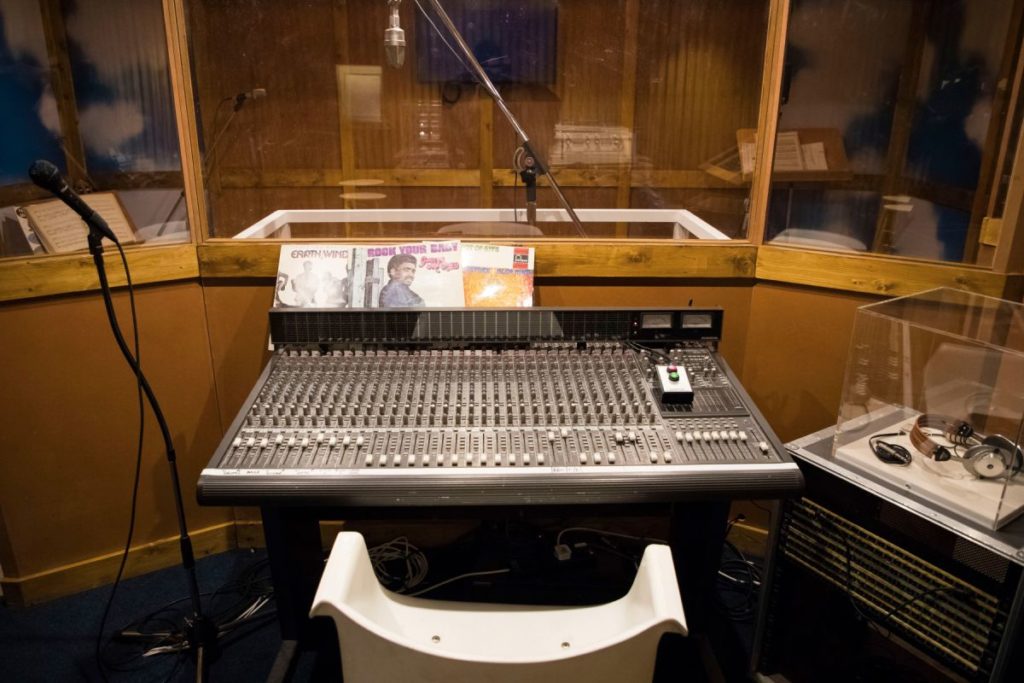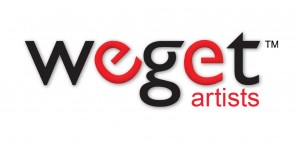
Professional songwriters are currently locked in a legal battle with the likes of Spotify and Amazon over how much they get paid in the United States. By next year, it could become an all-out war.
The current battle is taking place because streaming services have appealed against a rise in mechanical streaming royalties for songwriters. These services used to pay songwriters and publishers a headline royalty rate of 10.5% of their annual US streaming revenues. This “all in” number covered both mechanical and performance royalties. In November 2018, the government-mandated Copyright Royalty Board (CRB) said that, for five years from 2018 onwards, this “all in” rate would rise by around 1% annually, up to 15.1% in 2022.
(Adding a dash of complication, the CRB further ruled that streaming services would have to pay songwriters either this headline rate, or instead, if it resulted in a higher figure, up to 26.2% of their “Total Content Costs” across records and publishing.)
David Israelite, CEO and president of the National Music Publishers’ Association, is fighting for publishers and songwriters against Spotify and Amazon et al’s appeal. Following the delivery of oral arguments from all parties to the appellate court in D.C three months ago, Israelite says he would ordinarily expect a final decision this summer, but that the pandemic has “slowed everything down.”
The worst-case scenario for songwriters now would be for the appellate court to side with Spotify and Amazon (the two parties Israelite suggests are leading the appeal). A reduction in the CRB-approved headline rate would not only mean less money for songwriters in the future, but — because the new rates kicked in retrospectively in 2018 — could actually see publishers paying back cash received from digital services over the past two and a half years.
Israelite and the NMPA, though, will soon have even bigger fish to fry. The royalty rates currently being contested were the result of the third CRB hearing on this matter. The fourth, given the appropriately Rocky-esque acronym “CRB IV” by the publishers, is due to begin on January 5th, 2021. Israelite calls CRB IV “the most important CRB trial we’ve ever had.” He is expecting another fiery clash with the streaming services — with momentous consequences for what songwriters are paid long into the future.
The reason “CRB IV” carries such weight for songwriters lies in the passing of the Music Modernization Act (MMA), the landmark piece of US legislation signed into law in October 2018. The MMA decreed that the next time the CRB convenes to set songwriter streaming royalties (for 2023-2027), it should use a “willing seller, willing buyer” rate standard. In a nutshell, this means that the CRB’s three judges should strive to create a situation where they are not dictating a rate themselves, but rather mirroring what would happen if they didn’t exist at all — i.e. if the music publishers and the streaming services were left to thrash out a rate between themselves.
The music publishers’ plan, quite deliberately, is to go in impossibly high. As Israelite tells it, in the world of synchronization, licensing fees in the US are broadly split 50/50 between publishers (and songwriters) and record labels (and artists). Yet when it comes to streaming, a very different equation shakes out: publishers/songwriters are paid that 10%-15% headline share of Spotify’s revenues (divided up by their market share), while the major record labels are understood to be paid a 52% share (divided up by their market share).
Broadly speaking, then, major labels and their artists currently get anywhere between four and five times what publishers are paid per stream on services like Spotify in the United States. So is the idea of publishers getting a 50%+ portion of Spotify’s revenues really a realistic goal in the next few years?
Israelite is happy to admit that, with the labels already getting 52% of Spotify’s revenues, the prospect of the publishers also getting 50%-plus simply doesn’t add up. Yet he also argues that publishers and songwriters deserve to at least aim for parity with their peers on the recorded music side of the business.
“When I say it should be 50/50, there’s no way that happens overnight,” he says. “It’s too radical of a change for anyone to swallow, including the record labels. But at least it gives us leverage to start to balance out the proposition. If the labels are getting 52%, there’s a lot of room from 15% [upwards] before you get to a 50/50 split. I don’t know where that settles out, but we hope it will be closer to 52% than it will 15%.”
He adds: “We’re not suggesting it has to come out of the record label share. That’s not really our concern. Our concern is: are we getting the right value for what the song is worth to the business? There are lots of examples where the free market says the song is just as valuable as the recording.”
Record label bosses may not love the idea of publishers demanding a significantly bigger slice of the streaming revenue pie. A leap in the publishers’ revenue share could, hypothetically, require a reduction in the record companies’ share. This prospect is especially interesting considering that the world’s three biggest music publishers are owned by the same parent firms of the world’s three biggest record companies.
For Israelite, the debate of who gets what share of the streaming pie is rooted in a single, simple inequity: Record labels are free to negotiate their royalty rates with the streaming services in the US, while publishers have theirs dictated to them. The CRB sets the mechanical royalties that publishers and songwriters receive from streaming services, while the other type of royalty paid to these parties from Spotify et al — performance royalties — is restricted by another instrument of the US government, Consent Decrees. As a result, publishers have to rely on two Performance Rights Organizations, BMI and ASCAP, to negotiate their performance rights with the likes of Spotify; the publishers cannot partially withdraw their digital rights and negotiate themselves.
Adding to the sense of drama swirling around the next 12 months for songwriters in the US, these Consent Decrees are currently under review by the US Department of Justice. The widely expected outcome is a continuation of the status quo, or, at best, minor adjustments. There is, though, a slim chance that the DoJ could eliminate the Consent Decrees altogether — something that would delight Israelite and his publishing peers.
Says Israelite: “My biggest objection to how streaming works today is that the record label’s copyrights are negotiated in a totally free market. There are no restrictions, no government price controls. The record labels can say no if they don’t want Spotify to play a sound recording; publishers cannot say no.” He adds that the streaming services “get a performance license, whether we like it or not, through ASCAP and BMI. They also get our mechanical license, whether we like it or not, [via] the CRB. And we just have to live with that.”
For now, Israelite and the NMPA urge songwriters to focus on the most pressing matter at hand — the appeal by Spotify, Amazon, Google and Pandora (but, notably, not Apple) against their pay rise from ‘CRB III’. Yet he also recommends, whatever the outcome of the current legal skirmish, that both writers and publishers maintain long memories after ‘CRB IV’ begins next year.
“I was told directly by a high-ranking official at Spotify that they’re hoping that if they just keep their head down, we’ll just kind of get over [the appeal] and forget,” claims Israelite. “I can promise you, whether we win or lose, what they’ve done here is so offensive, it will never be forgotten.
“For writers, you need to know who your friends are. Any token gestures that Spotify and Amazon use to try to suggest they are friendly to the industry, it is massively outweighed by them trying to cut what they pay [songwriters] by one third.”
In a carefully-phrased post explaining why it was appealing the CRB rate rises last year, Spotify warned: “[It’s] natural for everyone to want a bigger piece of the pie. But that cannot come at the expense of continuing to grow the industry via streaming.”
In other words, there’s only so much money to go round, and too much coming from Spotify’s own share could crush its already loss-making business. Doing the math, if the labels are taking 52% of revenue, and the publishers started taking 15%, that would leave Spotify a margin in the US of around 33%. Israelite refuses to accept that this isn’t a big enough cushion on which to run a multi-billion-dollar tech company.
Says Israelite: “If the publishing is worth more than Spotify [can feasibly pay], then it has to figure out how its business operates. If it gets to the point where [it’s impossible] to pay the labels what they demand and pay the publishers what they demand, where it’s not worth being in business… then don’t be in business. Someone else will come along and figure out how to do it. That’s what a market is all about.”
He adds: “Remember when all the record labels got equity in Spotify? [When] that company went public, the [top] Spotify executives earned value, and the record labels earned value. Those people shared in a giant pot of billions of dollars. But the writers and the publishers got nothing. So forgive me if I’m not very sympathetic over Spotify whining about having to pay 15% of their revenue for the actual songs. Those songs are the reason they have a business.
“Spotify delivers our product to consumers, yet if we’re getting 15% and they’re getting roughly 30%, then they must be arguing that their role is twice as valuable as the songwriters’ role. That’s crazy.”
Tim Ingham is the founder and publisher of Music Business Worldwide, which has serviced the global industry with news, analysis, and jobs since 2015. He writes a weekly column for Rolling Stone.
